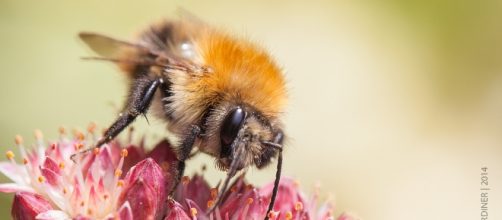Any beekeeper will be concerned about the existence of the Laying Worker in a Hive. The presence of a laying worker can be a clear sign of a failing hive with low productivity. Before you even begin to eradicate them, it’s important to establish their presence.
There are three types of bees in any beehive, and the role of each type of bee is defined and observed. A hive has a Queen Bee, drones, and workers, but it’s the queen bee that determines the continuity of life in any beekeeping setup. There are times when worker bees take up the duty of the queen bee by laying eggs and consequently abandoning their responsibilities of doing hive chores thus decreasing the production of honey.
Also, when a worker bee begins to lay eggs, it leads to decline in bee population as most workers produce eggs that may fail to hatch.
Establishing the presence of laying workers in the hive
One reason why beekeepers conduct a routine inspection of the beehive is to help them detect whether laying workers have begun to colonize the hive or not. If the hive doesn’t have a queen, then be sure that you’re already rearing the unwanted laying workers. Another factor that can lead the existence of laying workers is when the queen is present but has poor health.
The prevalence of a large number of drones is another indicator that the hive is infested with laying workers. Under normal circumstances, the hive shouldn’t have many drones as there’s only a single queen to mate with.
The rising number of drones comes as a result of the high demand for mating from worker bees that are performing the role of a queen bee.
A queen bee is always meticulous and lays a single egg within a cell, but if you spot more eggs in one cell, then it’s a clear sign that laying workers have taken over the queen’s role. Also, if the eggs aren’t at the center of the cell then it can be an egg from laying workers.
This is because laying workers are smaller in size so they can’t put the egg in the middle but at the edge of the cells.
Doing away with laying workers
Though it’s a regrettable activity, you have to do it to save the life of the hive. Here are the steps that will ensure that your hive is free from the infestation of the laying workers:
- Place an order for a new and marked queen bee from your supplier.
- On the day that the queen is arriving, put the entire troubled hive in a wheelbarrow then move it 100 yards away from its original position. The hive should be without the bottom board as your interest is to do away with the entire colony.
- With the help of a bee brush, shake off every bee from the frame onto the grass. Ensure that no bee remains as it may be the laying worker trying to staying put.
- Move slightly away from the shaking zone and return the frames that don’t have bees in the spare hive. Ensure that no bee sneaks back with the use of outer covers.
- After removing all the bees from the frames, use the wheelbarrow to transport the bee-less frames back to the original hive.
- Return the hive to its original position and place it on the bottom board without harming the bees perching on the board. On your return to the hive, you’ll find some bees already waiting for you; those will be foraging bees and not the laying workers which can’t fly to higher levels.
- Place the new queen into the hive as you start a new colony that’s free from an infestation of laying workers.


